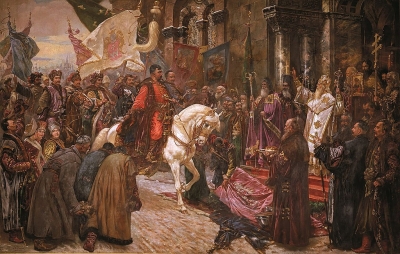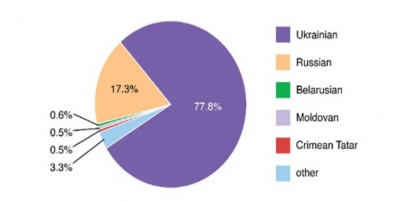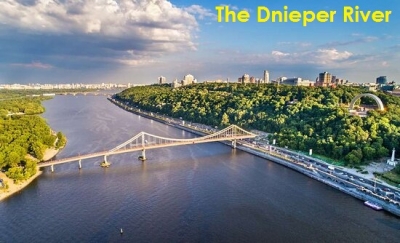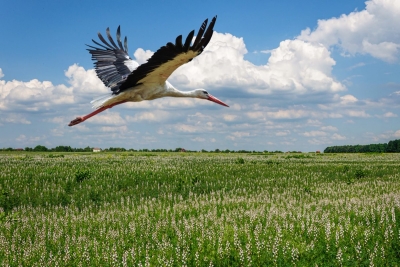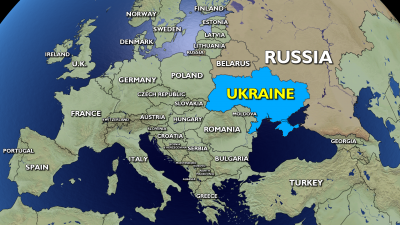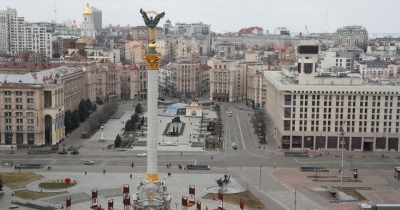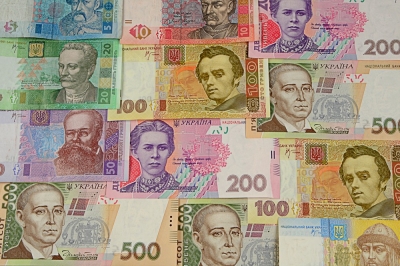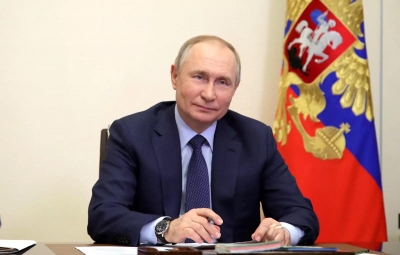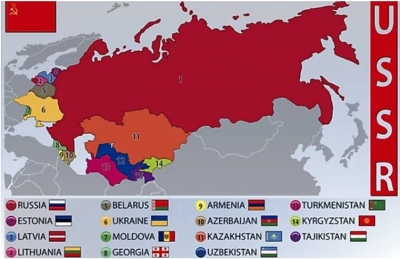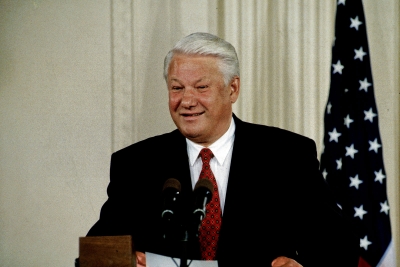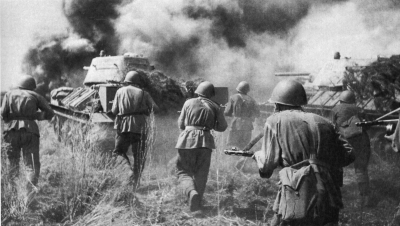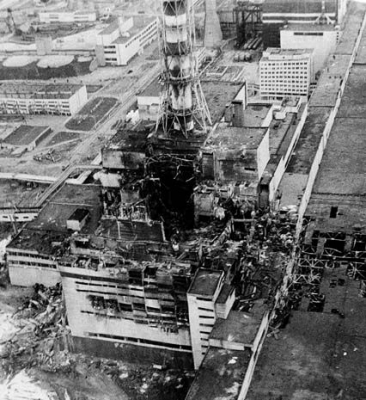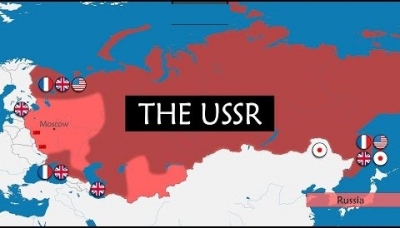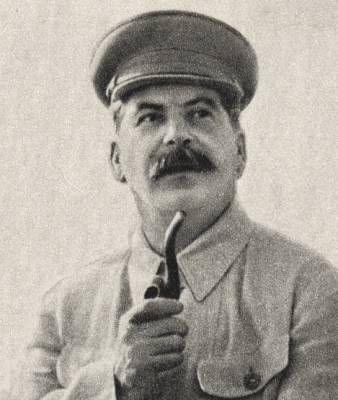
World War II was won by the combined might of the Allied Forces which included Great Britain, France, the USA and the Soviet Union. However, this bond of friendship was not to last long, and the capitalist western countries and the communist U.S.S.R soon drifted apart; so did their respective allies. This developed into a deep rivalry that was open, but controlled. This peculiar form of international hostility came to be known as the ‘Cold War’.
The term ‘Cold War’ first appeared in an article written by the English writer George Orwell. He was using it to describe a possible nuclear stalemate between two or three monstrous super-states. This usage was introduced into the United States in 1947, by Bernard Baruch who was a financier and adviser to the president, in a speech at the State-House in South Carolina. Soon ‘Cold War’ became part of the common parlance in international politics.
The countries of Eastern Europe, liberated by the Soviet Red Army during World War II, were put under communist governments. They were under the control of the U.S.S.R. The western powers feared this Soviet domination in Eastern Europe, and they also perceived a threat of the Soviet influence spreading to other democracies. By 1947-48, the Cold War had become a reality to live with, as the U.S. brought the western European countries under its influence. In 1949, the U.S.A and its European allies formed a military alliance named the North Atlantic Treaty Organization (NATO), to resist any possible threat from the Soviet bloc.
The Cold War mostly operated on political and economic grounds, with propaganda as a weapon. There was only very limited use of real weapons, and the world is lucky it did not develop into a ‘Hot War’. Ultimately, the dissolution of the U.S.S.R brought an end to the Cold War.
Picture Credit : Google
